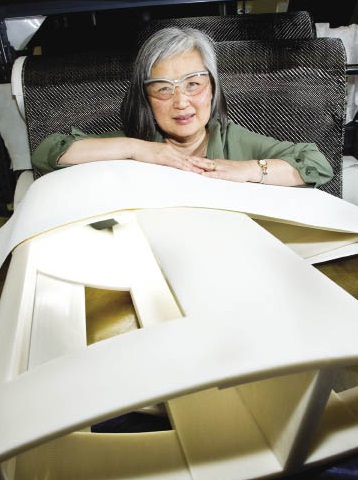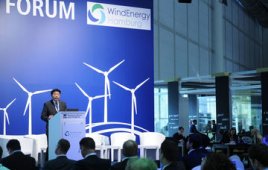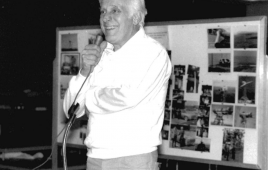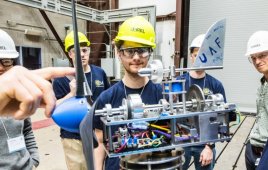Wendy Lin /Principal Engineer /GE Global Research
Always attuned to math and science, Wendy Lin bucked the traditional, stay-at-home role of Asian woman favored by her parents and graduated from MIT and Stanford. Now, as a principal engineer at GE Global Research, she leads a team that’s developing a fabric-based wind blade. Resembling early aircraft wings, the design could fundamentally change the way blades are designed and installed, allowing for on-site assembly of blades exceeding 120-m.
The catalyst for the idea came when GE challenged Lin to reduce wind blade cost by 50%. Lin says facing challenges is her favorite part about being an engineer. “We came to the realization that the industry has done really well in optimizing blade performance and cost,” Lin says. “It’s actually difficult to make a significant improvement without really changing the whole design.”
As a principal engineer, Lin spends a lot of time managing various entities and engineers within GE. “Interfacing between different types of people who are needed to make a project successful is, I think, a bigger challenge than the technology,” she says, noting the variety of personal backgrounds and business cultures in a single company.
Lin is well-acquainted with the technology, though. She has worked on wind blades since the company entered the windpower market 10 years ago. Before that, she worked with aviation technology. Lin is also a Navy veteran, where she worked with composites to reduce the weight and improve the corrosion resistance of electromagnetic interference shielding. She joined GE about 18 years ago, at the same time as her husband joined as a chief consulting engineer.
Asked about her ambition, Lin says, “Being a principal engineer at GE Global Research is a unique position. I love the technology, and I want to stay here.”
Filed Under: Innovators & influencers






Can you please send me contact information for MS Lin. I have developed a methodology of reducing blade mass and increasing blade output. It would also allow for the construction of segmented blades allowing much easier transport. The path she is taking while I expect it to be productive will be in effect a dead end because she and her associated engineers are looking for answers in the wrong place.
While I am not an expert on wind turbine blades I have some expertise in propellers and structures and what I do not have I have associated myself with aerospace professionals in both the structural and fluid flow areas who believe we can reduce blade mass by up to 80% increase output but as much as 10% and allow diameters of up to 200 meters.
I can not do this by myself and I am looking to form a partnership with GE to develop the next generation of wind turbine blades.
Respectfully yours
Bruce Best